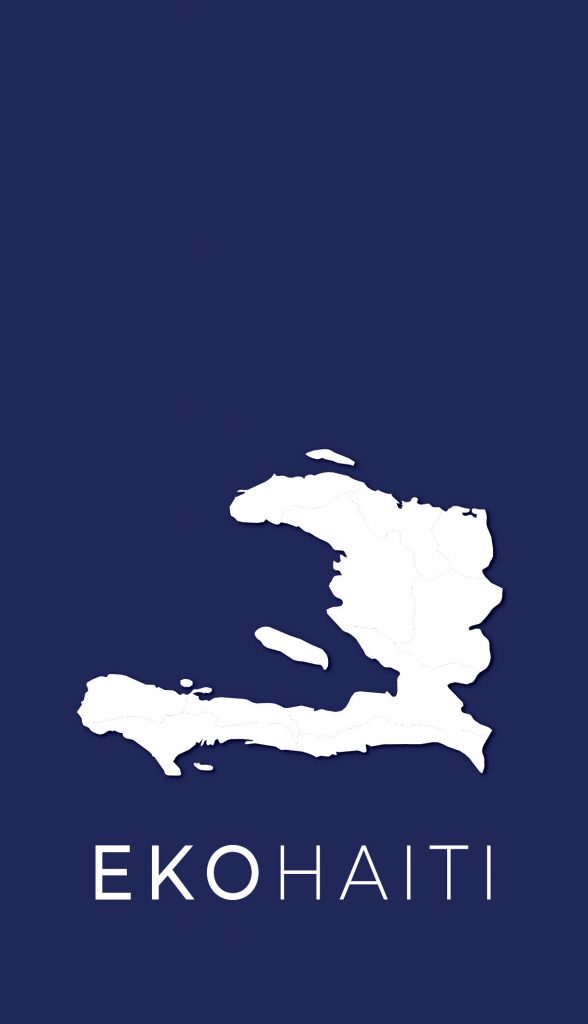Understanding the conditions under which hillside farmers in Haiti adopt soil conservation practices helps programs to develop technologies that increase farmer revenue and stabilize or improve soil and water resources. Three studies were done in Haiti that examined biophysical and socioeconomic aspects of contour hedgerows, an agroforestry practice with the potential of stabilizing soil, conserving water for crops, increasing soil fertility, and producing wood and fodder.
An on-station study of soil water competition between Leucaena leucocephala (Lan.) de Wit hedgerows and adjacent maize ( Zea mays L.) over three cropping cycles found that substantial maize yield reduction was caused by the hedgerow trees because of soil water competition. Polyethylene barriers between the hedges and the first row of maize improved maize yield in two subsequent seasons by 18% and 77% over plots without barriers. The percent increase in maize yield was highest during a season of very poor rainfall; but it was lowest in a season of adequate rainfall. Barrier installation reduced Leucaena biomass production by about 1,500 kg/ha over seven months, but this effect was temporary. An examination of the distribution of Leucaena roots after the final maize harvest showed that the hedgerow roots in the plots with barriers had grown under the hedgerows and developed more fine roots at 200 cm from the hedges than plots without barriers.
An on-farm study comparing maize development in two kinds of hedgerows, rock wall terraces, and an untreated control was unable to detect differences in the rate of maize growth with respect to position within the alleys or with respect to position on the overall slope. However, the maize in the hedgerows developed more slowly than in the rock wall terraces or the control plot, indicating competitive interactions between maize and hedgerow plants. There were no differences in maize grain yield among treatments.
An on-farm questionnaire-based survey of 1,540 Haitian farmers showed that they considered plot characteristics, including mode of tenure, soil fertility, distance from the residence, and slope in their decisions to install different agroforestry practices. Tenure security and soil fertility appeared to be the most important plot characteristics in the decision to install, although it was not possible to separate them. Hedgerows were more likely to be installed in plots having less secure tenure and less fertile soil; the opposite was true for other agroforestry practices. Farmers’ qualitative assessments of soil fertility were positively correlated with management quality of hedgerows.








